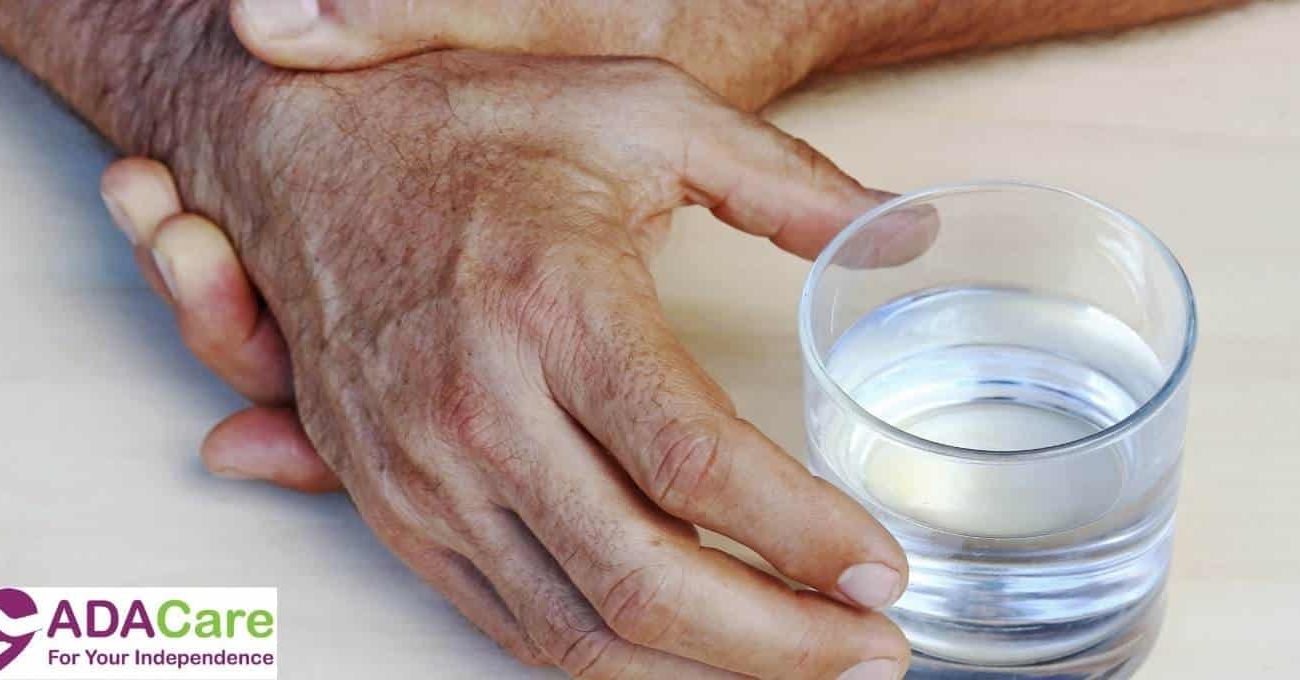Parkinson’s Support Australia
Parkinson’s disease was described for the first time by James Parkinson in his 1817 essay on the ‘Shaking Palsy’. Even though it is believed that Parkinson’s disease appeared as a result of the industrial revolution, a disease known as including of shaking and decreased muscular movement, existed in the ancient Indian medical system, Ayurveda, almost 5000 years ago. Age is one undisputed risk factor for Parkinson’s. Most people acquire the disease at the age of 60.
However, about 10% of the patients develop it before the age of 50. It is acknowledged that this early-out setting type is mostly linked to genetic causes. Some forms of this inherited type have a mutation in the gene which helps make protein ‘parkin’.
Parkinson’s disease is caused by low levels of dopamine in the brain as a result of an injury in the structure called substantia nigra(black substance). Symptoms usually onsets slowly throughout the years. They are mainly movement-related complaints which include shaking, stiffness, difficulty walking and coordination. On the other hand, there are neuropsychiatric problems (e.g., dementia, psychosis, depression, anxiety) as well.
It is not inconceivable for someone with Parkinson’s to still possess a good quality of life. Therefore, raising awareness about Parkinson’s could contribute to a remarkable difference.
Understanding the disease and following the recommendations of your doctor will provide the greatest benefit.
Parkinson’s Therapy
At the same time, Parkinson’s itself is not mortal, the complications of the disease can be serious. Although there is no cure, treatment options vary. Those include medications and surgery. Medications can often reduce your complaints efficaciously. They aim to increase the dopamine levels in the and regress the main symptoms. The most common surgical intervention to treat the motor-related symptoms of Parkinson’s is deep brain stimulation. Lifestyle changes are always recommended, multiple studies have shown that aerobic exercise can help alleviate some symptoms. There are some physical therapies(eg., tai chai, yoga, swimming) that was shown to benefit as well. They boost the effectiveness of medicational therapies. People with Parkinson’s should never quit taking the drugs without doctor’s authorisation as it may cause to be unable to move or difficulty breathing.
Parkinson’s Symptoms
Parkinson’s disease signs and symptoms can be different for everyone. They usually begin gradually and get worse over time. The most recognisable symptoms in Parkinson’s disease are movement-related. There are 4 major ones. Those include:
–Tremor (shaking) in hands, arms, legs, jaw, or head. Unlike other neurodegenerative diseases, it occurs mostly at rest and disappears during voluntary movement and sleep.
–Bradykinesia (slowness of movement) is found in every Parkinson’s disease patient. It could make daily tasks like eating, dressing more difficult and time-consuming than ever. It is not something like a normal aging process would cause.
–Postural instability (trouble with balance and falls) appears in the later stages of the disease and it may cause bone fractures and reduce mobility. Exercise is proven to improve gait and balance and decrease the number of falls dramatically.
–Rigidity (stiffness) of the limbs can be painful and limit the range of motion. In the early stages of the disease, it often appears asymmetrically. With the progression of the disease, rigidity typically affects the whole body and becomes generalised.
Other than motor symptoms that were mentioned above, Parkinson’s disease can cause neuropsychiatric disturbances. This includes disorders of cognition (dementia), mood, behaviour, and thought. Parkinson’s disease can also cause difficulty swallowing, chewing, and speaking; urinary problems or constipation; skin problems; and sleep disruptions.

Physical Therapy for Parkinson’s Patients
Physical therapy for Parkinson’s aims to maintain and develop the function of the patient. It consists of exercises that improve mobility and maximize muscle strength and flexibility.
Physical therapies include the following:
– balance and resistance training
– active music therapy
– aerobic water exercises
– swimming
– walking
– tai chai
– multidisciplinary rehabilitation with standard physical and occupational therapy
Many patients who attend these programmes have shown to help have a control one aspect of the disease. Also, it should not be forgotten that social support is an advantageous side of physical therapy for Parkinson’s patients.
NDIS Approved Parkinson’s Care
Caring for someone with Parkinson’s disease can be challenging. If you consider having a professional Parkinson’s care service, NDIS approved team at ADACare is here to help you.
Fill in the form or call us on 02 9232 7055 to reach our NDIS support providers & approved carers.


